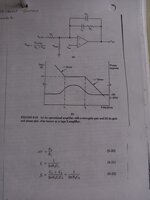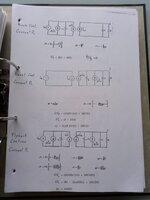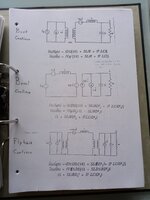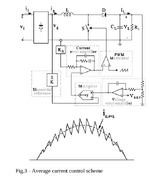Fianso97
Newbie
Hello everyone,
I'm currently writing my Bachelor thesis on the subject mentioned in the title and I'm having some problems understanding the control part although i have read a lot of papers and application notes.
I generally understand how the circuit works (from a power electronics point of view) and I know that there are 2 loops: a current loop (type 2) and a voltage loop (type 1) so that the input current follows the rectified voltage in order to . I find it hard to understand how to calculate the values of R and C in these loops according to the transfer function of the boost + the 2 transfer functions of the loop. My Professor has provided me with the boost transfer function and the small signal equation (attached)but I still don't know how to use this transfer function...
Can anyone who has done this or something similar give me a step by step guide? i would appreciate it very much.
I'm currently writing my Bachelor thesis on the subject mentioned in the title and I'm having some problems understanding the control part although i have read a lot of papers and application notes.
I generally understand how the circuit works (from a power electronics point of view) and I know that there are 2 loops: a current loop (type 2) and a voltage loop (type 1) so that the input current follows the rectified voltage in order to . I find it hard to understand how to calculate the values of R and C in these loops according to the transfer function of the boost + the 2 transfer functions of the loop. My Professor has provided me with the boost transfer function and the small signal equation (attached)but I still don't know how to use this transfer function...
Can anyone who has done this or something similar give me a step by step guide? i would appreciate it very much.



